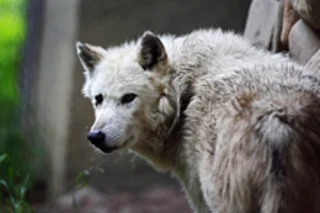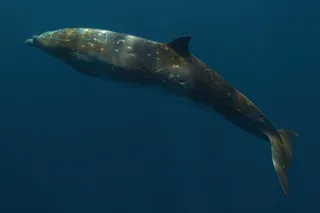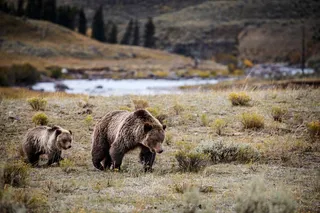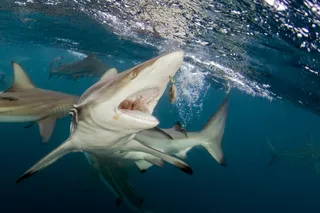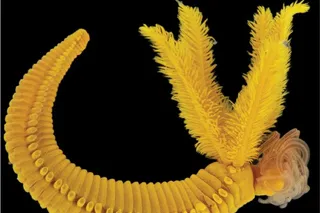This morning hunters in Idaho donned reflective vests and picked up rifles, and set off to track and kill an animal that has been off-limits for more than three decades: the gray wolf. While environmental groups were in court yesterday asking federal judge Donald Molloy to stop the hunt, the judge declared that he needs time to determine whether wolves should be protected from the rifles and returned to the endangered species list. While Molloy considers, the hunt will go on. As of midday Monday, more than 10,000 Idaho hunters had bought licenses allowing them to vie for a wolf trophy.
In March, the Obama administration affirmed a decision by the Bush administration to remove gray wolves from the endangered list, where they had been protected for more than 30 years.... Federal and state wildlife officials say multiple studies have established that the wolf population is healthy and growing and ...


